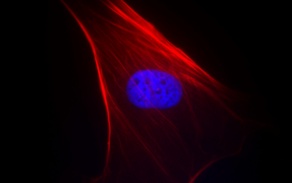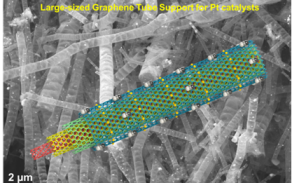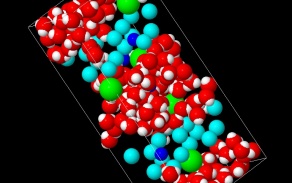Research Focus Areas
Our research groups perform biological, materials, and computational and molecular modeling engineering, creating scientific breakthroughs impacting health, energy and environment.

Biological engineering faculty and students focus on tissue replacement and regeneration. Research projects and opportunities for collaboration are available in our labs in Furnas Hall, collaborator facilities on South Campus, and the downtown Buffalo medical corridor.

Our research in materials engineering includes development of new catalysts, drug delivery carriers and systems, oil dispersants, semiconductors for solar cell and display advancements, and materials for electrochemical energy conversion and storage applications (e.g., fuel cells, water splitting, batteries, and supercapacitors). Projects in this area have applications across disciplines and researchers often collaborate with UB faculty from many other departments and industrial researchers and practitioners.

We apply computer-based modeling and leading-edge data-analysis to understand behavior and solve problems rooted in transport phenomena, thermodynamics, chemical transformation, and nanotechnology. UB CBE computational faculty and students work in collaboration with members of both the biological and the materials research communities to tackle problems in health, energy, the environment, and more.